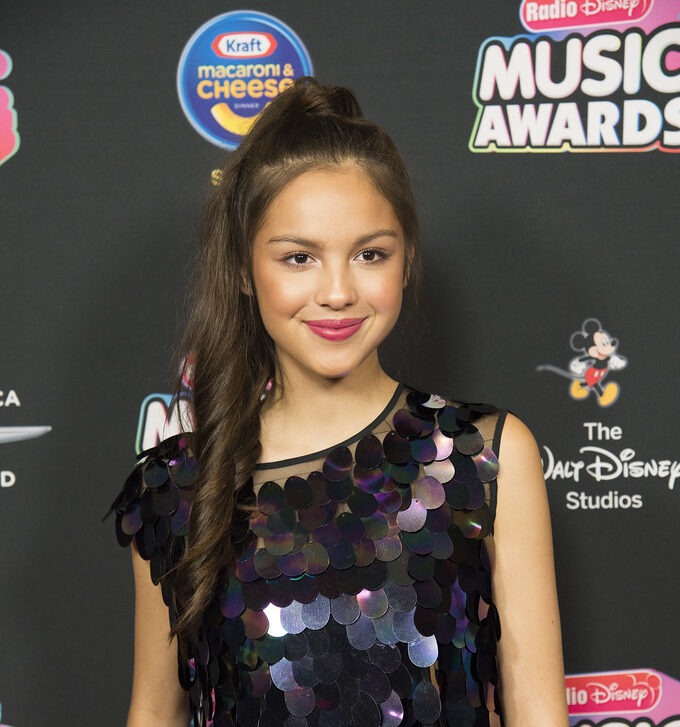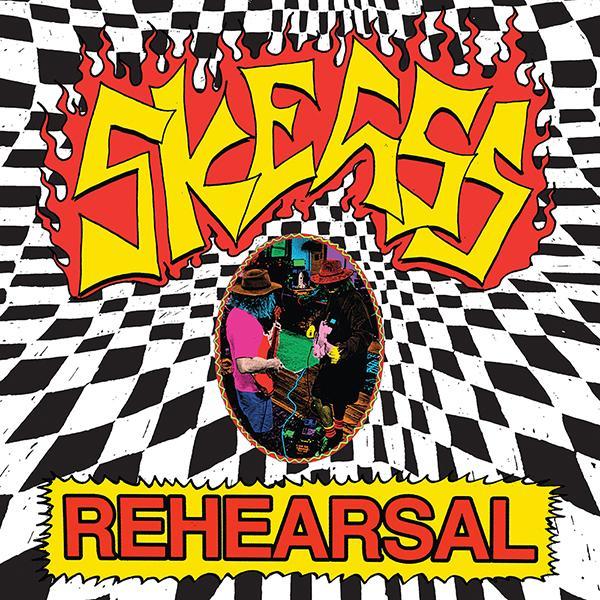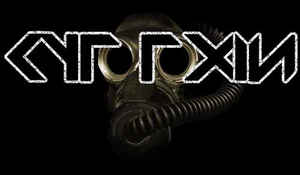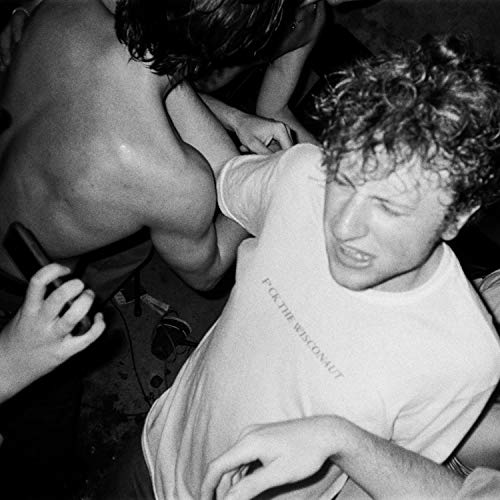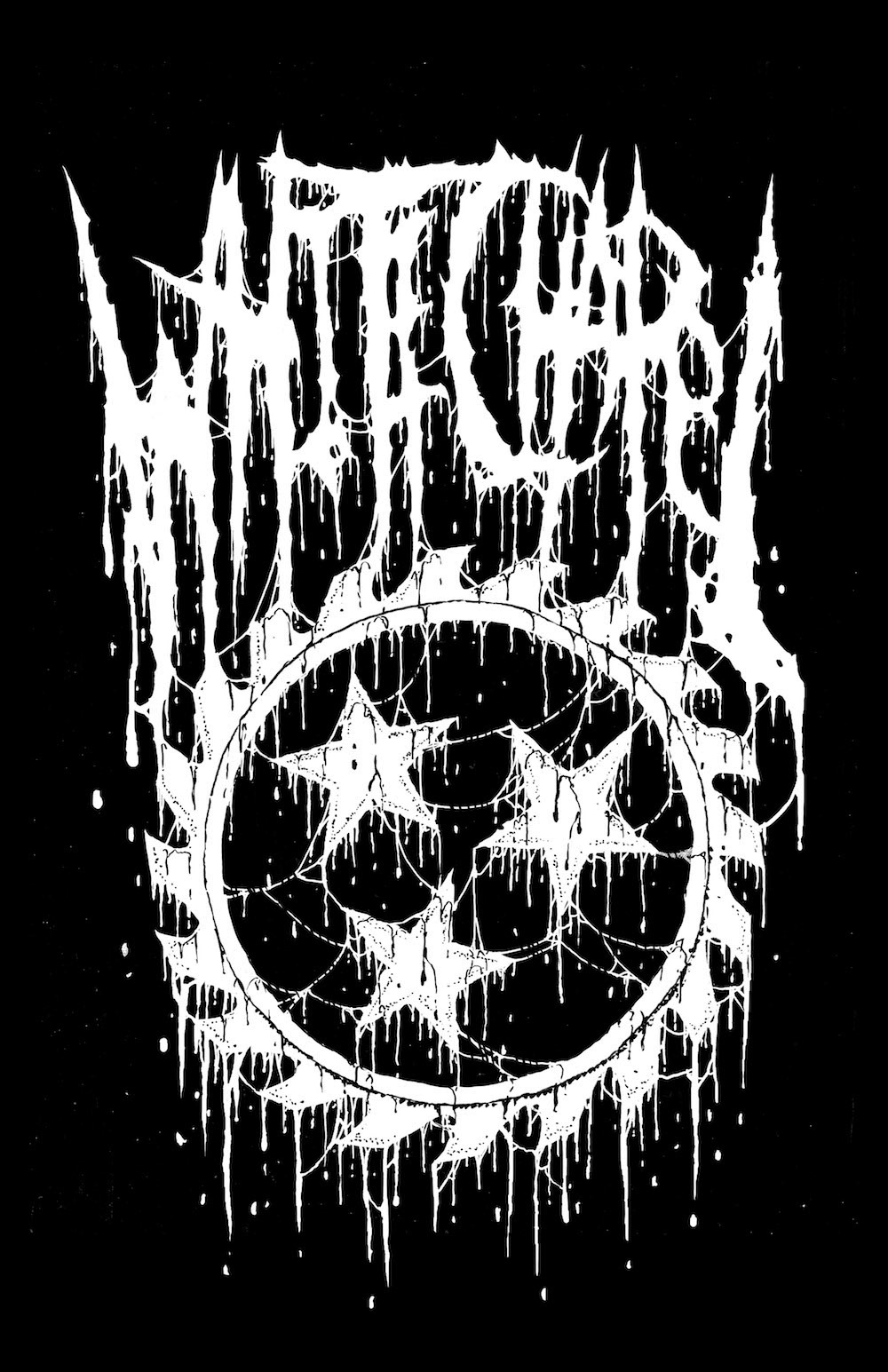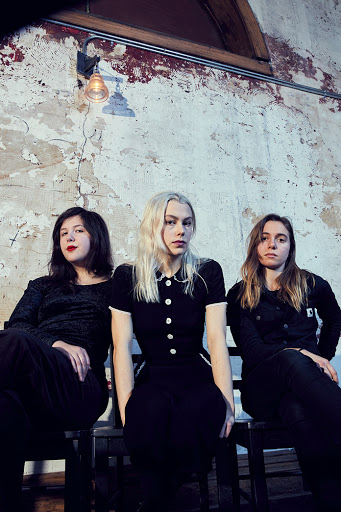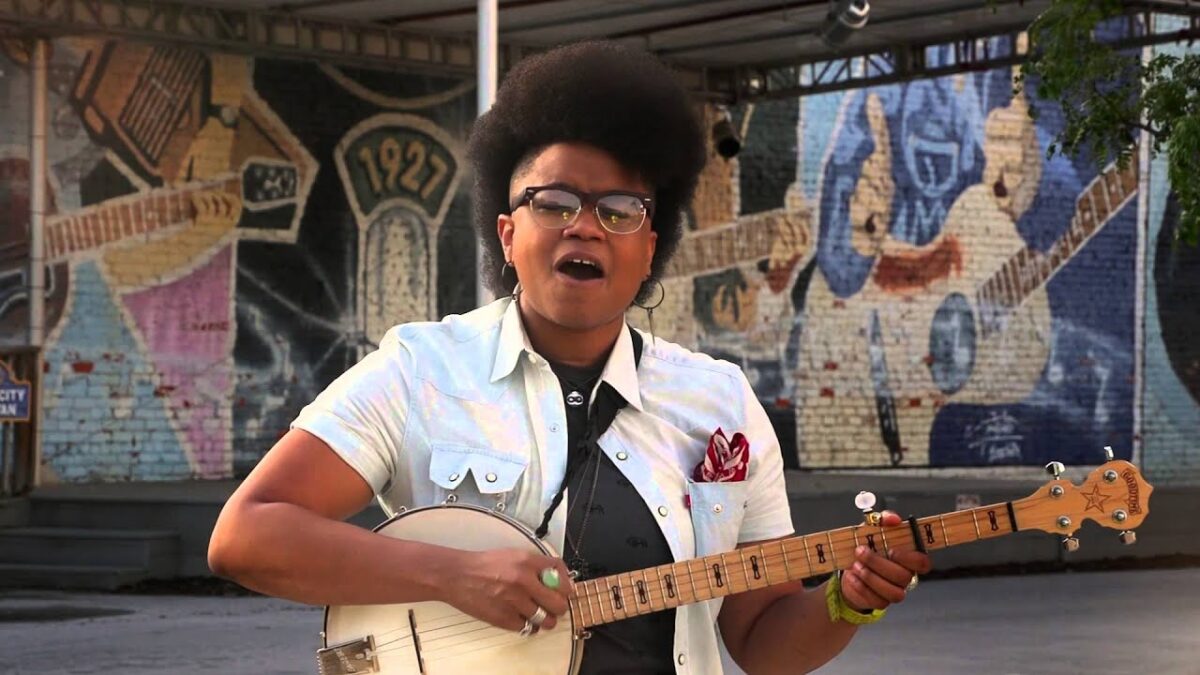Alright, so if you have listened to either of Olivia Rodrigo’s newest singles you might already know where I’m going with this. The newest Disney-affiliated teen pop star Olivia Rodrigo sounds eerily like the current biggest name in indie, Phoebe Bridgers. This is maybe not the most startling observation, as they both make personal, emotional power ballads with a pop sheen, and Rodrigo has cited Bridgers as an influence. However, I think it’s worth taking a minute to ruminate on what this similarity might mean, and what we learn about the future of both pop and indie rock because the gap between pop and indie rock has traditionally been miles wide. What shifted in publishing trends in the last decade or so to make this possible?
Indie kids have a bit of a superiority complex when it comes to finding different music, and I include myself in that criticism. I mean, the entire function of this radio station is to play music that isn’t marketable enough to get on mainstream radio, this desire for unique sounds and genres is basically the definition of indie at this point. So, there’s a kind of knee-jerk reaction whenever any indie artist has a mainstream hit, or whenever an indie sound is adapted for pop radio, to instantly brand the crossover success as the most boilerplate reduction of both genres. This typified the treatment bands like Fun, Portugal. The Man, and most infamously Mumford and Sons got upon breaking the top 40. Even though some of these artists had genuine indie cred, their bands and sometimes the entire scenes they came from were instantly branded as everything wrong with indie music. The prejudice works the other way too, as traditionally indie outlets have maintained a serious skepticism towards Charli XCX until very recently, Lady Gaga’s Joanne, and basically any artist that comes from TikTok.
So, what shifted to make Rodrigo’s dabbling in Indie acceptable? Well, we probably have Lorde and (dare I say her name) Lana Del Rey to thank for that. Lana has been the only exception in terms of mainstream indie; she had a pretty big hit with Summertime Sadness and then continued to rake in critical acclaim straight through the present day. Lorde broke through in the other direction, as her debut was one of the biggest albums of the 2010s, and was immediately followed by one of the most acclaimed indie albums of the decade “Melodrama.” These two artists were massively successful, but they didn’t start a trend of mainstream alternative music in the way that Nirvana or The Strokes did. I don’t think Olivia Rodrigo is going to do that either, but between her, Billie Eilish, and whatever your favorite one-off Tik-Tok hit is, I think we might have a pattern on our hands. Predicting the future is a dangerous game, but I’ll take a crack at it and say we might see more indie-pop creep into the mainstream in the next couple of years.

